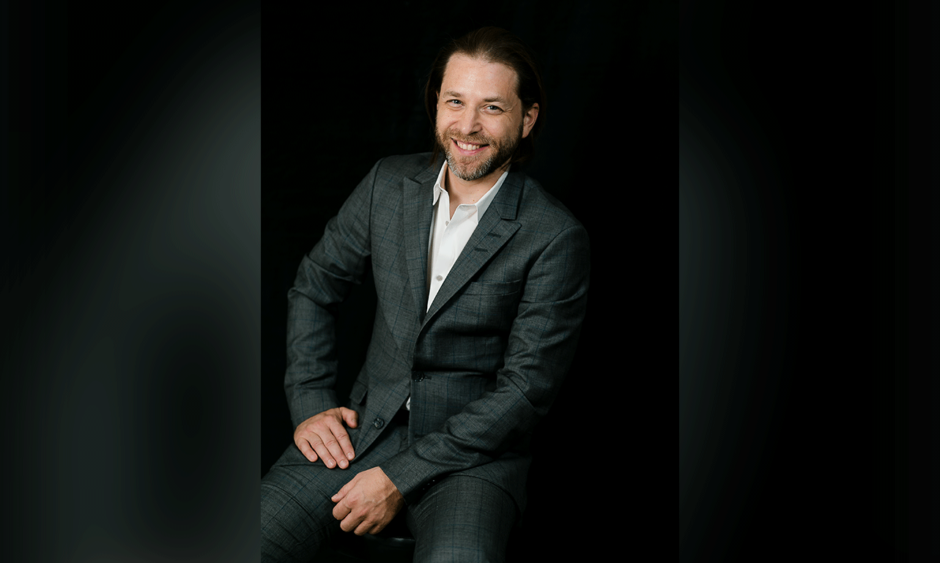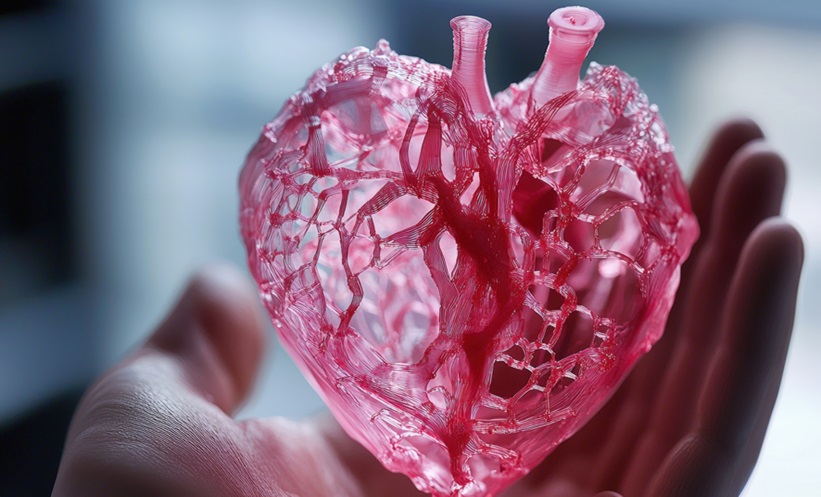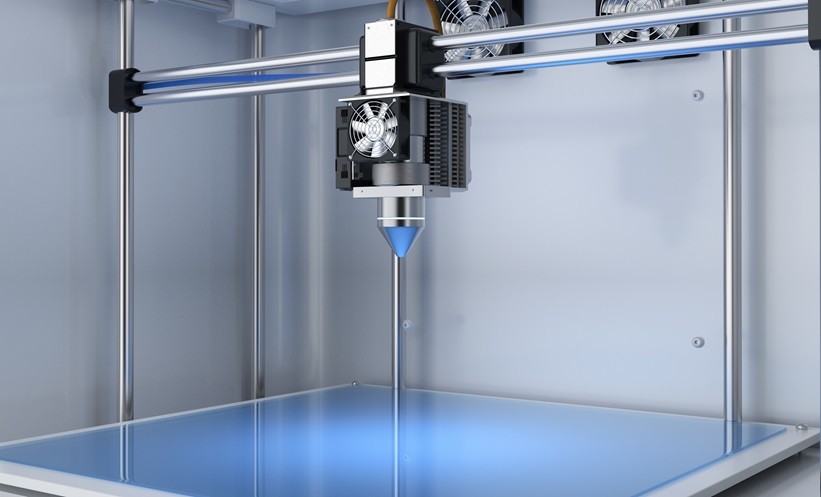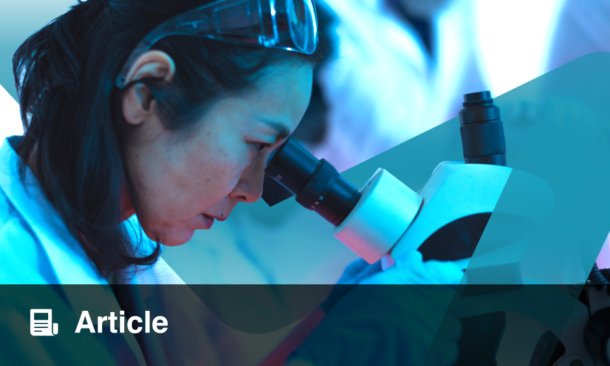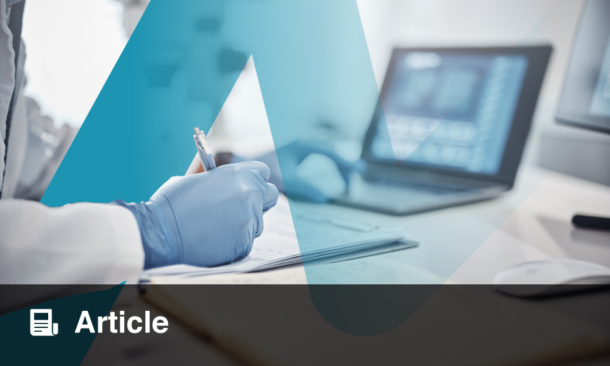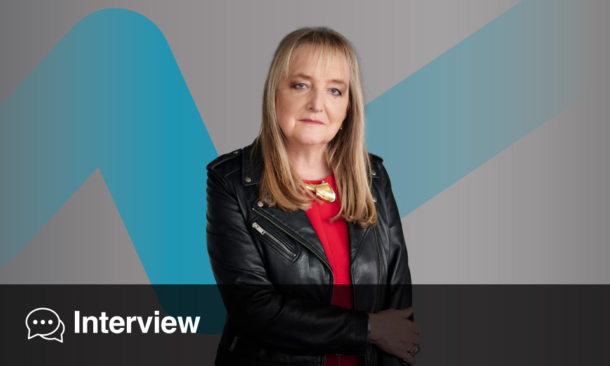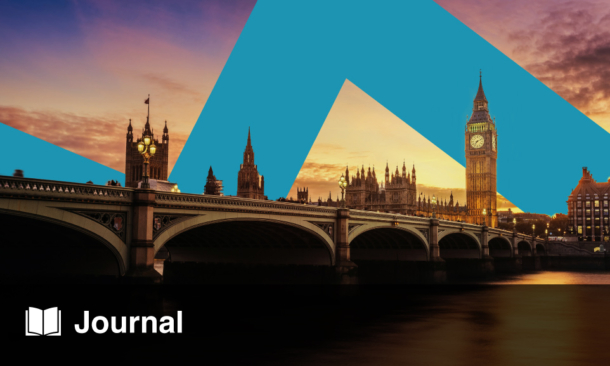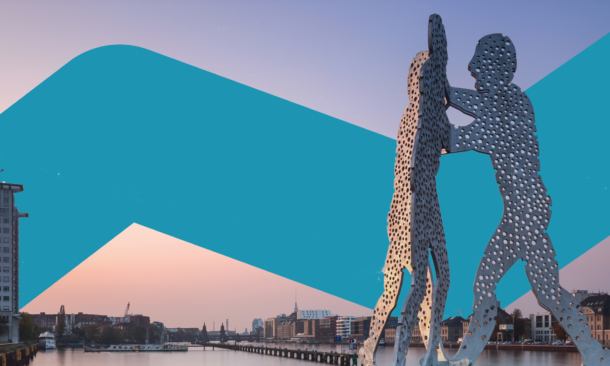Dr Jack Kreindler | Founder and Medical Director, The Centre for Health and Human Performance, London, UK
![]()
In your specialty of emergency and high-altitude medicine, and specifically your work in extreme environment physiology, which diseases or conditions do you manage?
So obviously, the mountains and very remote places very seldom have the same level of equipment as you can imagine is just down the road with an ambulance being able to take you there. So an old answer to that question is that in remote and extreme environments, everything is a serious condition sometimes. Even a cut that might look innocuous could well become something that stops you from climbing the mountain. A blister, for instance, that goes completely pear-shaped can be a disaster for a whole expedition. But clearly there are classic things, which in my area of interest are quite unusual to find at normal altitudes and in normal situations. They include, quite specifically in the extremes of altitude, acute mountain sickness, high altitude pulmonary oedema (meaning high-altitude lung fluid build-up), high-altitude cerebral oedema (which is swelling and fluid build-up in the brain because of altitude), general problems with hypoxia (like people getting confused and becoming unconscious), and the environmental things (which you know if you’re wearing enough sun cream at sea level) and they’re not really much of a problem, but they can cause profound burns exposure, you can get heat stroke, you can get hypothermia, or your blood sugar can get dysregulated; there are many things that simply do not happen, except in the rarest circumstances, at sea level. That is mainly what we learn to deal with, but without the hospital around. We have to deal with that with the bare bones of equipment and medicines with us, so it’s challenging in many ways.
How has your passion for your work been sustained over the years? How did this lead to the founding of the Centre for Health and Human Performance (CHHP)?
Being able to practise medicine in an environment that is utterly astounding, in remote places that are of outstanding natural beauty and sometimes savagely remote but equally beautiful, is hardly a bad office view or environment. So it makes me chuckle when you say ‘how have you maintained your passion’ because even just the thought of practising or teaching or researching in environments where there are fewer people, perhaps, that have stood on those places than stood on the moon, for me is automatically intriguing and brilliant. It’s an adventure.
Having said that, for 10 years I did practise as an associate specialist in emergency medicine in the NHS at The Whittington Hospital, London, UK, and I suppose the other side of it is not the environment, but who you’re working with and who you’re working for. I just have never, ever got bored of being stimulated by and learning from patients and colleagues. There is never a day where you can’t learn from someone’s story, someone’s tragedy, someone’s miraculous recovery, and I generally have a rule, which is to work with people that are cleverer than you so that you can always learn.
I know that many of my colleagues, having met them after 20 years of qualifying from University College London, London, UK, some of them feel as if they need something else now to remotivate them, but I have never had a shortage of satisfaction and stimulation from my work. And bear in mind that my research isn’t in a laboratory and it isn’t doing the conventional clinical trials that other people might do. My work in medical technology and remote patient monitoring, both for extreme environments, but also for people who have extremely severe physiological problems like chronic obstructive pulmonary disease and congestive heart failure, are areas of research that have kept me very much at the forefront of technology. And when you’re at the front of technology, nothing bores you. I mean, it’s pretty amazing stuff. And the winnings from the technology work is what funded the CHHP. So I put all my winnings towards my little not-for-profit institute, which was founded in 2007, and that continues to be a source of the same kind of inspiration from patients and colleagues and exploring what technology can do.
If you had not chosen medicine as your profession, what career path do you think you would have taken?
I would be sitting on the banks of the Grand Canal in Venice, painting beautiful domes made by architects who are my heroes. I am not actually a scientist natively: I am an artist. I studied art, probably with more passion than any science. In fact, I still believe that I am the first person and only person in the history of UK medical school to be allowed to study medicine with art as the third A-level. It took a lot of arguing that folk like da Vinci and even Russian vorticists had something that could contribute to the medical world. And why is that? I think it’s because basically in medicine we are given superpowers but also handcuffs with respect to evidence base and science: building the evidence base and sticking to it, and then renewing it when new evidence comes along. It’s a very scientific process, but actually medicine is also an art: it’s an art of observation, an art of interpretation, and an art of communication. There are a lot of interpersonal politics and diplomacy, and things that have nothing to do with Henderson–Hasselbalch equations or other kinds of chemistry. I love that aspect of medicine, and if I didn’t qualify, I would have still stuck to those things and probably have done something in the creative world, connected to science but not practising medicine.
COV-CLEAR is a platform for coronavirus disease (COVID-19) case reporting, launched earlier this year by yourself and a team of medical professionals in the UK. Are you able to share some of the main successes of this platform so far?
COV-CLEAR was founded as an entirely voluntary initiative by doctors, scientists, some policy makers, technologists, and pure mathematicians and logicians and so forth as a response to the COVID-19 crisis. Not as an official advisory to government, but we ended up writing a lot of white papers with a lot of very clever people around the world, mainly around common standards and open-source tools for data to be better shared between different research groups, and for personal results to be better shared among recipients who need to trust in the results.
So, if you get a vaccine have you really been given that vaccine? Was it you that was given that vaccine? Was the vaccine the vaccine? Have you still got antibodies? Have you got COVID-19? When were you tested? Who tested you? Did you test yourself? And can we preserve the patient’s identity, and privacy around their identity and their medical test results with privacy-preserving solutions? You can have a look at it on online,1 but we published the world’s first open standard for how to ask questions in symptom surveys.
We accidentally acquired about 5,000 responses from our prototype survey. We were astounded at the number of people that had symptoms, and we noticed that a lot of people wrote in an extra symptom (this is in March/early April by the way): they started writing in that they’d lost their sense of smell. This is weeks before it was actually noted, and we thought ‘this is weird, about one in three people are writing that they lost their sense of smell.’
Then we got a group of mathematicians to build a new kind of statistical method around improving the reliability of all these tests. Every question is a test, like every blood test is a test, and every swab test is a test. And if you can glue together all these different types of tests to get a better reliability and diagnostic power, without spending lots of money in very expensive labs, could you glue together the questions that are asked by doctors or asked in a questionnaire with a self-reported antigen test, or even antibody test, and can we then better understand if you really had COVID-19 or not or when you had it? Are you still infectious or are you not? And all of these kinds of things have evolved into a computational model, which can plug in laboratory or point-of-care or even home remote testing to better reduce the risk of people coming together in large crowds for things like the live events industry to avoid ‘super spreader’ events.
So, we are now taking the COV-CLEAR group into a series of trials sponsored by Live Nation Entertainment, Beverly Hills, California, USA, the largest live events production company in the world. They are sponsoring a series of five trials (capacity one, two, three, four, and five), starting in Estonia with 1,000 people, under the University of Tartu, Tartu, Estonia, and the Estonian government. We’re not allowing anyone under 50 to go in because we don’t want to have any risk of hospitalisation, but we will be studying how economically we can get to a predictable and acceptable level of COVID-19 transmission risk reduction. You can’t do it for a £100 a go; it’s got to be less than £10. So can we get them to be trustable? Can we get the people who do the tests to be witnessed cheaply that they’re doing it right and not cheating (because you will cheat if you can go to a concert, especially in lockdown). And can we predict mathematically the prior probability of spread, hospitalisation, and death? The ultimate goal of COV-CLEAR is to not only provide open-source questionnaires and digital certificate architectures, but open-source protocols approved by national governments for the whole industry to adopt, not for us to own, but for the whole industry to adopt in order to help culture, media, and sport happen at scale again.
In a TEDx Talk that you delivered in September 2019,2 you implored the audience to “not underestimate the power of data and exponential technology.” Since then, there have been rapid advancements in digital innovation in response to the COVID-19 pandemic. Do you think that healthcare professionals, and the wider industry, had been underestimating the value of digital technology and data?
My view on it is slightly different to others: I don’t think people underestimated the power of digital, they just overestimated the power of analogue and face-to-face. There was a kind of mantra around ‘nothing can beat a face-to-face contact.’ The pleasure, enjoyment, and improvement in noticing subtle vital signs about somebody, the way that they feel those kinds of cues, emotional and otherwise, and body language: it’s all a bit harder over a phone. I think people were 100% convinced that you should only use telemedicine, for instance, in the rarest of circumstances if needs be.
But actually now, once you’ve gotten used to it, and we had to get used to it, we had to do all of our consults remotely, we had to master Zoom or whichever platform you’re using as a general practitioner. The reality is that once you’ve been trained, you suddenly realise the benefits of the other way of doing it too. And there are enormous benefits to doing it, which will never replace face-to-face but you realise that actually there are lots of things that you can do a lot more quickly with a much better patient experience in terms of booking, waiting, travelling, paying for car parks in the hospital, getting a parking ticket in the hospital; all of these things really hurt the patient, both from a time and resource perspective. Do you need a secretary to book an appointment with the doctor? You can just say ‘my next appointment is here,’ press the button on your screen, and boom: you’ve got another Zoom link. And things like messaging to remind people to turn up to something or to take their medication has become so much more widely appreciated now. I think we overestimated how brilliant analogue was, and we never had the chance to really feel comfortable about digital and now that we have, the whole thing has changed.
What can clinicians do to promote transformative innovation in healthcare and empower hesitant patients to support advancements in medical technology to manage their health?
Meet people where they are. I think that’s the bottom line. You have to ask the question “would you like to see me in person, or would you like to see me from the comfort of your home?” Let the patient drive it. That’s my view.
I know we’re a not-for-profit institute but we couldn’t be luckier to be on Harley Street: it’s a beautiful place in Marylebone, we’ve got every single thing you could possibly want at your fingertips in terms of being able to order anything for patients who rapidly need things. If they need them, it’s there. It’s nice to see people in our laboratory, put them in on our cardiopulmonary exercise testing rig, and see them do their best and wobble out. But they also like to be at home and they also like to fit in a really important conversation within the half hour they’ve got between one meeting and the next. And you can do that remotely. So, you’ve got to ask the patient, ‘what is the best experience for you?’ and then have both options for them.
I think there will be some people that just refuse to feel comfortable in the digital world. I don’t know if it’s the doctor’s job to train them or not. But what lockdown has done is forced everyone, not just the medical profession but clearly every area of life, work, family, personal, professional, doesn’t really matter, everyone has had to use teleconferencing. I mean, just imagine what this lockdown would have been like for work, business, socialising, dating, you name it, without these devices that we can talk on. You can see my face. You can hear my voice. There’s a camera. It’s bonkers! We could be thousands of miles away from each other and still be having this conversation. This is Star Trek! If you think about it, compared to 20 years ago. And there are maybe four or five billion people, maybe less, who can do this! It’s bonkers!
And I think that we’ve been forced to do it and it’s all given us ‘School of Hard Knocks’ training in it, but most of us are comfortable with it, most of us see the benefit now. I don’t think there’s that much more to do. It’s been thrown in at the deep end out of deep necessity. We are talking about the digital telemedicine thing quite specifically here. There are lots of other things around digital that we haven’t talked about, but the big thing staring us in the face is clearly the ability to talk and communicate and see each other in teleconferencing set-ups. That’s the biggest thing that I think has changed in medicine.
Where can we expect to see your focus lie in coming years? Has the COVID-19 pandemic shaped or affected these plans?
The application of extreme environments physiology to helping the sickest patients with the hardest-to-treat cancers hasn’t changed. That is still a huge area of passion and interest for me. We founded my charity ‘ACT for cancer’ with Tessa Jowell and her daughter. Before Tessa died of glioblastoma, she wanted a charity to be set up and it’s been my work for a decade. But I decided to turn that compassionate care work that we did to try to help people navigate their way through access to trials and expanded access to treatments, which otherwise are given as standard care. That work continues.
I suppose the stuff that changes now is how much of the very face-to-face, multidisciplinary, everyone in a room together kind of stuff that we did for athletes and cancer patients and so on, and on the preventive side too, how much of that can we push out to many more people through technology? So, do I have to really do an hour’s worth of questions and answers? Or can I do three-quarters of that as a patient outside of a consult using an incredibly well-crafted logic-based questionnaire. Can I automatically generate a report with beautiful English, but from structured rule sets or maybe in future more sophisticated language-generation systems that can help me as a doctor to write a report in five minutes rather than an hour? Can we take the stuff we started with COV-CLEAR and build a full-blown, trust at scale service for any kind of test that could be as trusted as going to an expensive doctor, in an expensive clinic, with an expensive lab, and expensive electronic record system giving you the result? Not just for COVID-19, but for anything. I think that’s the bit that changes for me really.
The profound other thing is that my little institute has been in its location now for 13 years. We’ve loved working there and we have a great team and we have a great setup at CHHP in London. Is that the model for care? Is it physical infrastructure or is physical infrastructure a fraction of what we need? Do we really need 3,500 square-feet, or do we only need 1,000? That’s another question that I’ve got. I think that for digitising interactions and scaling the trust fabric of getting people to do things, and writing and recording it in the right way, does that really need physical infrastructure? I think that’s going to be a fundamental change. Like what has happened to banks; I mean, do you very often physically go to the bank anymore? Clearly, they still need somewhere to store the gold, if that exists, but do you actually need a bank? Do you actually need as much clinic space as you had before? I think that things that are really important that you clearly cannot do digitally are imaging equipment, beds for acute stuff, intensive care units, and maternity; there are certain things that you just can’t do without. But I just wonder how much of it can be done so much more efficiently, making that space then more available for the things that we’re now seeing we don’t have enough of, such as intensive care beds. So, it will be interesting.
What advice do you have for medical colleagues who may also be seeking less usual clinical career paths?
I’ve always been in a nontraditional path, so for me this is well-trodden ground. What I would say is that I sense that there were almost three things that you could do when I qualified: you either were a full-time medic, or you chucked in some research, or you went into industry, which invariably meant medical devices or pharma. But now there are myriad health technology companies, and innovative different models of practising medicine and of scaling care. The world has gone bonkers, in a good way, around more rapid development of drugs or getting trials to run more efficiently as a result of using technology to do things. Either at the artificial intelligence (AI) discovery end, or the less AI but equally important decentralised, distributed trials end of things. There are so many things where people with medical degrees are vital in the new digitised health economy. And I say that broadly digitised: there are no longer just human brains involved. There are a lot of robots, machines, technology, software, and so on.
And that, I think, is vast and the only real way to navigate it is to plunge into the technology and healthcare technology innovation world, where there are lots and lots of conferences where you’ll meet lots and lots of people. Even now, they happen online all the time. On the farthest end of it, you’ve got things like Exponential Medicine that will completely blow your mind and you might end up coming back to London to go to ward round, having a bit of an existential crisis thinking, ‘no, I want to be a Californian; I want to be the chief medical officer for SpaceX and go to Mars.’ Through to things that are a lot more industry-focused but equally as inspiring, like Collaborating for Novel Solutions (CNS) Summit, which happens every October/November time. There’s HLTH. There’s the J.P. Morgan Healthcare Conference where everyone got COVID-19 in January/February. And there’s tons of stuff in the UK as well. If you search online ‘health technology conference’ or ‘health innovation conference’ or ‘future of medicine conference,’ you will undoubtedly find people in places talking about stuff that you haven’t heard about, which will inspire you and give you some ideas about what to do next. That would be my advice. That’s how my world expanded, where I realised I wasn’t the only person in the UK doing this stuff, I wasn’t the only doctor trying to still practise and also build things. And nowadays, instead of being frowned upon, it’s lauded. There were lots of frowns when I was doing it, put it that way!

